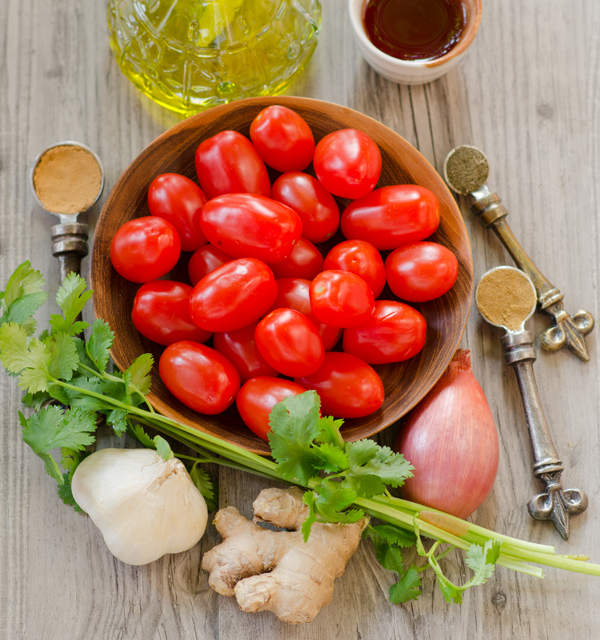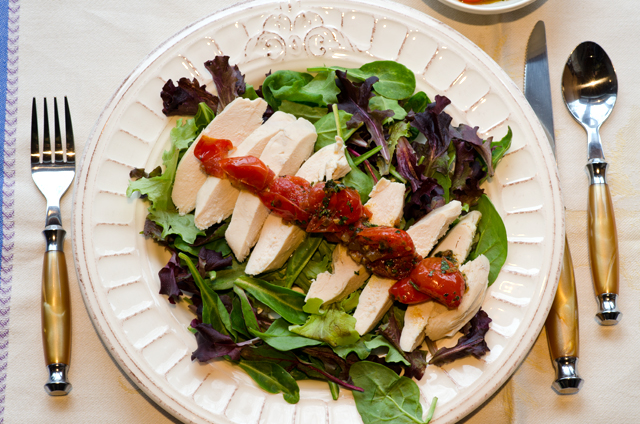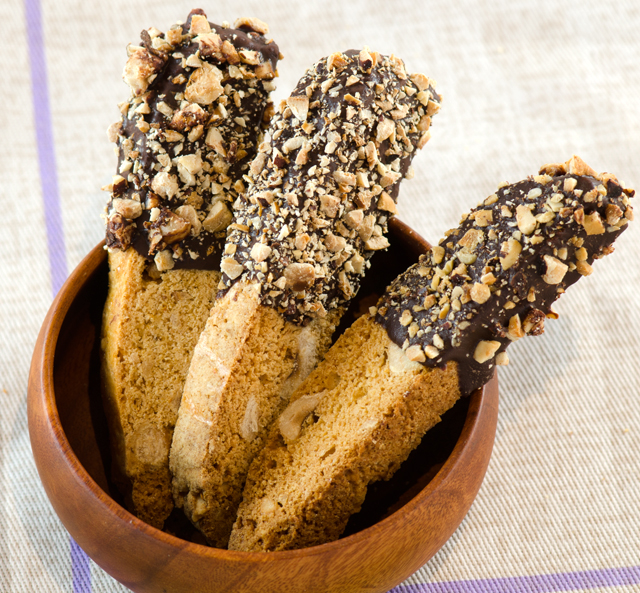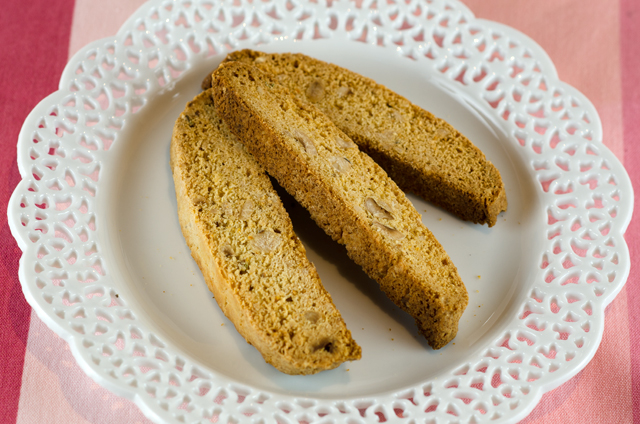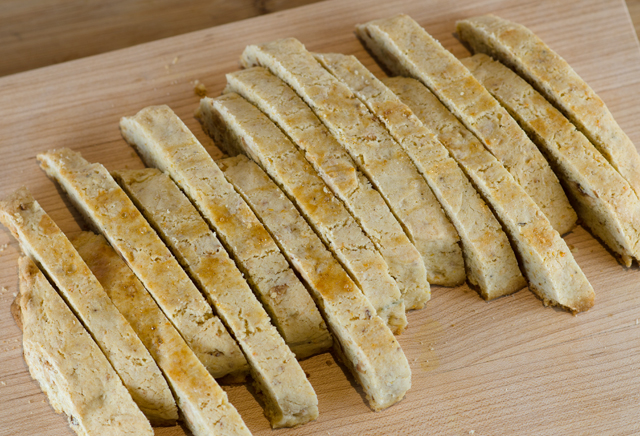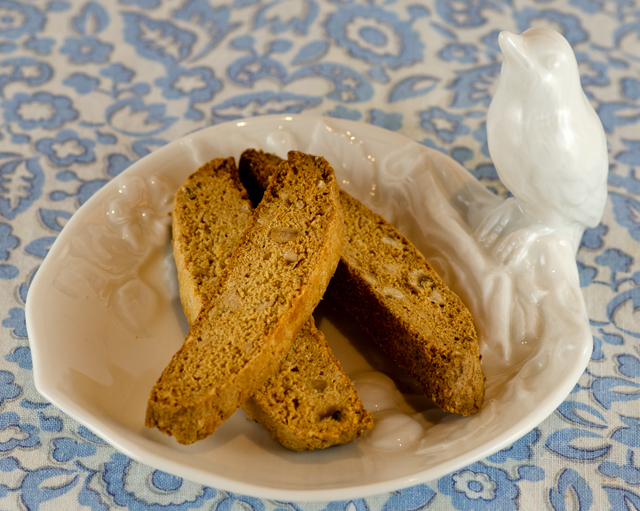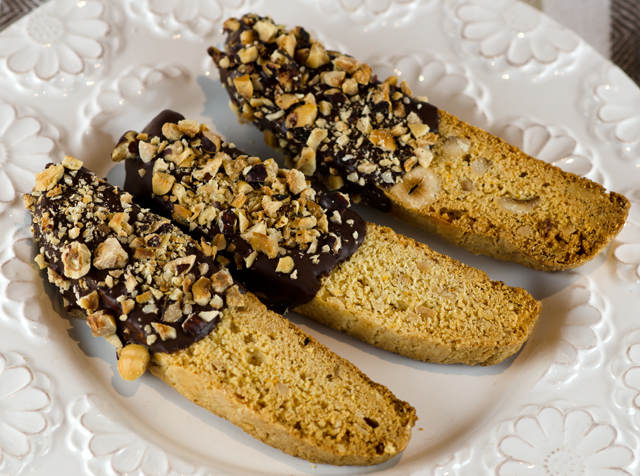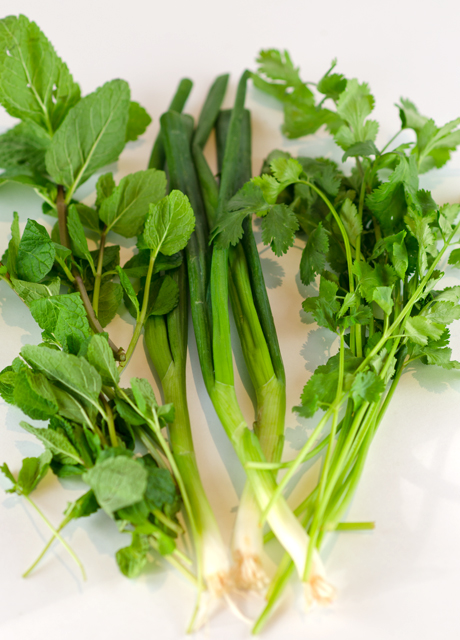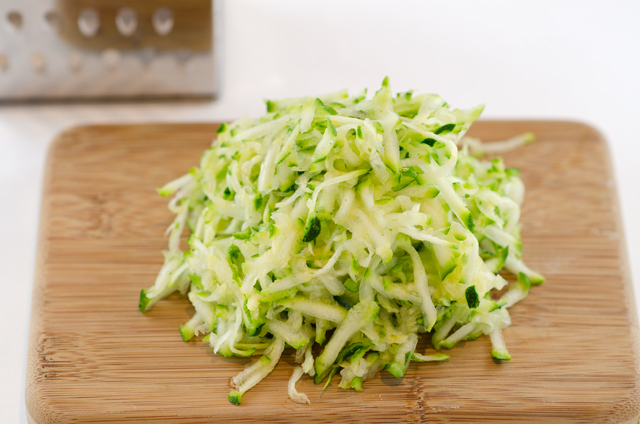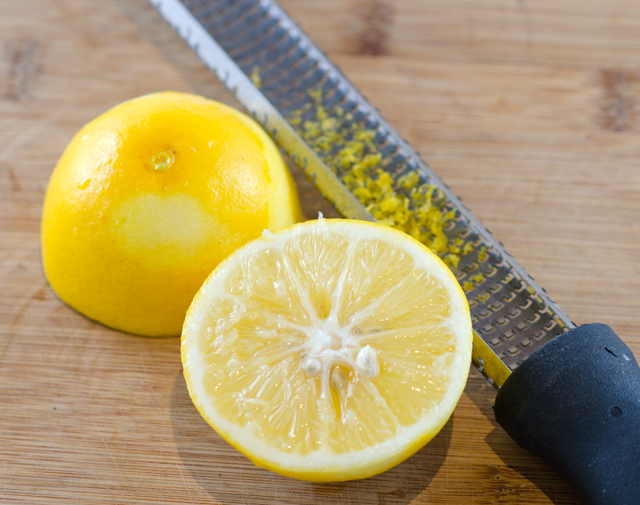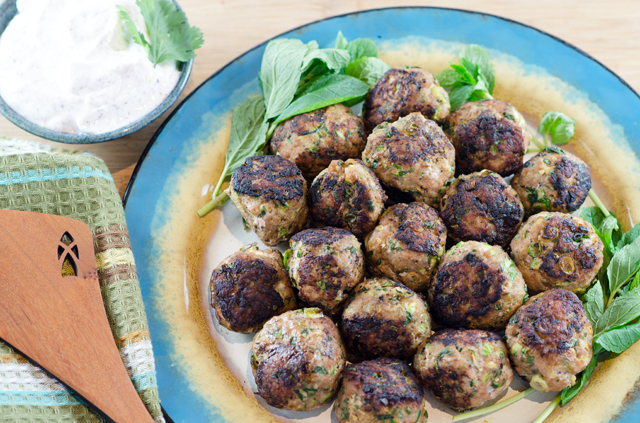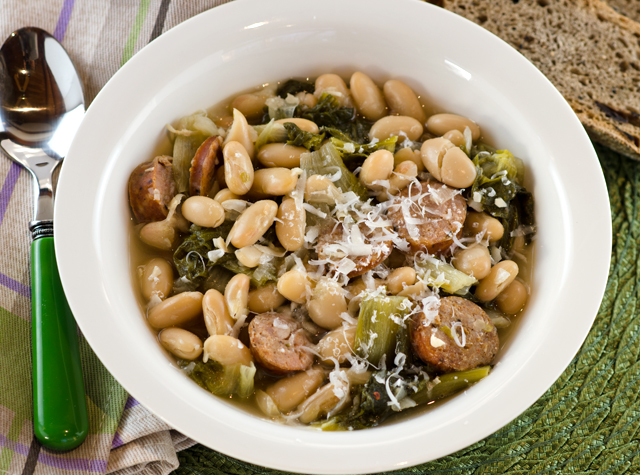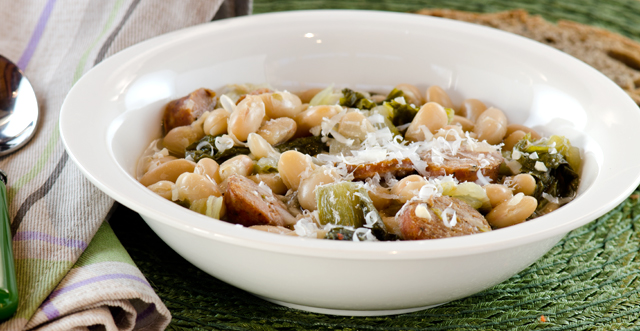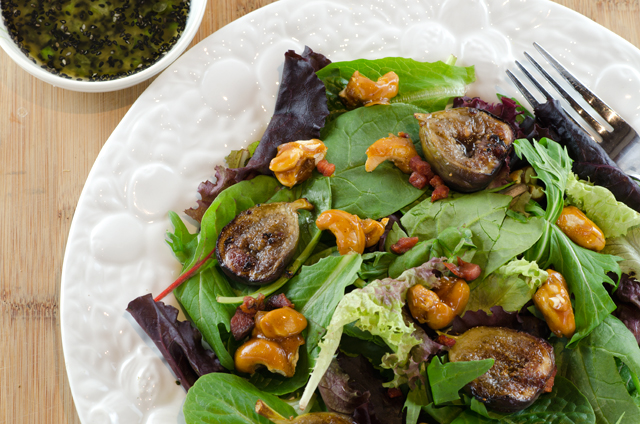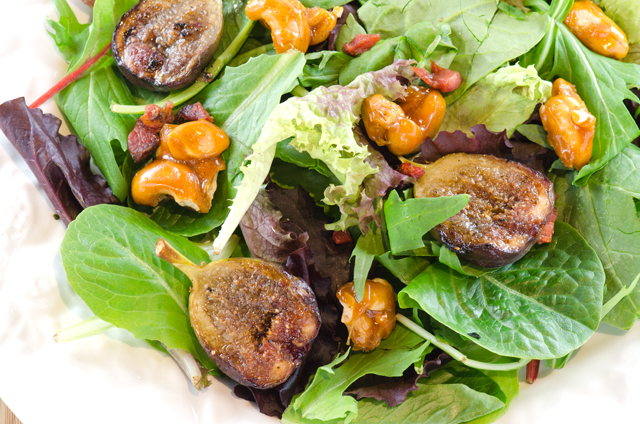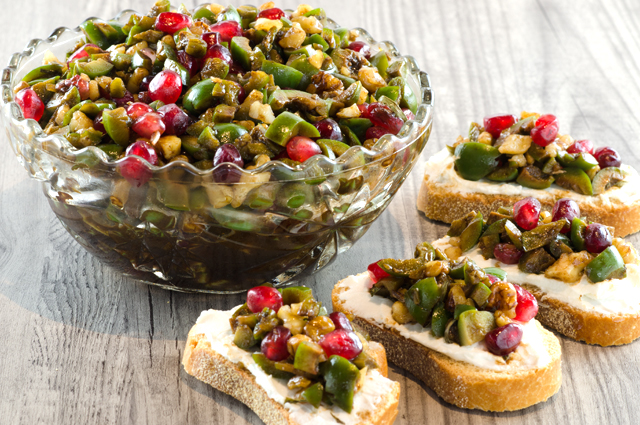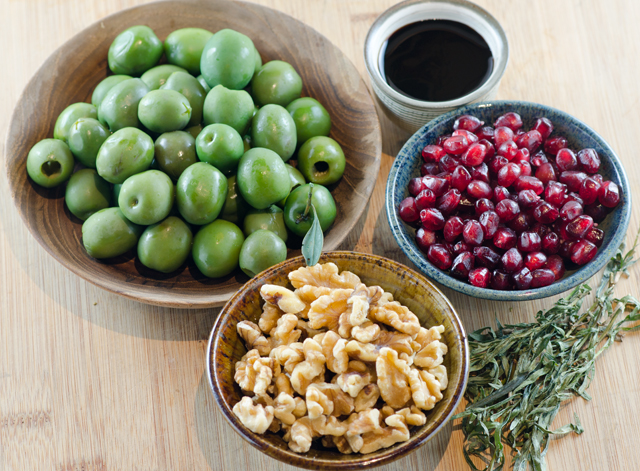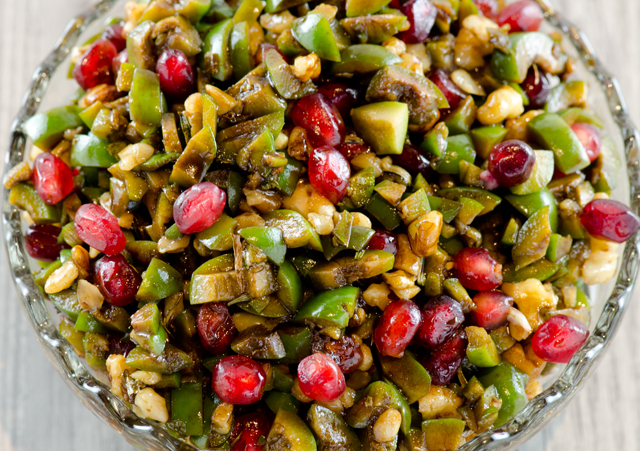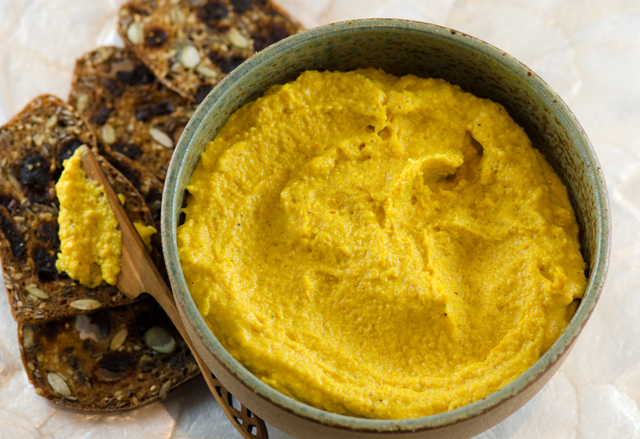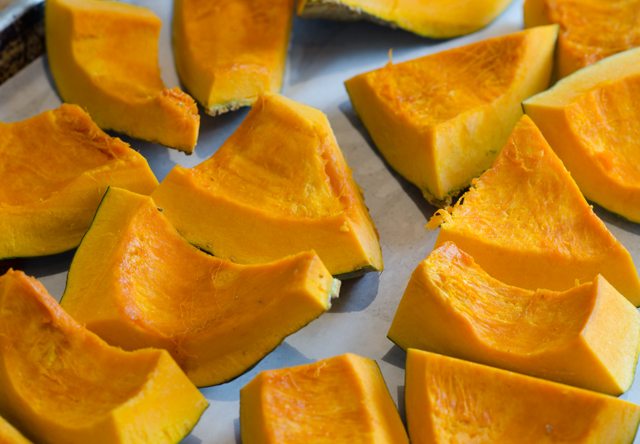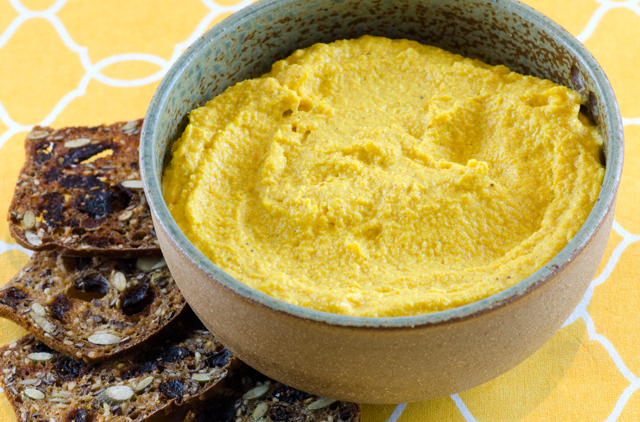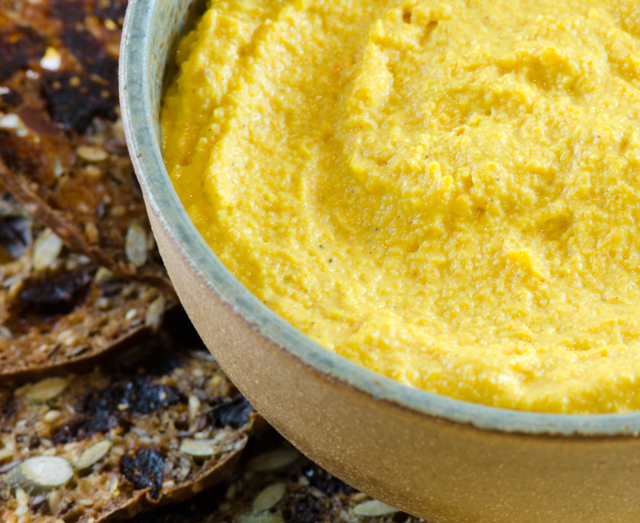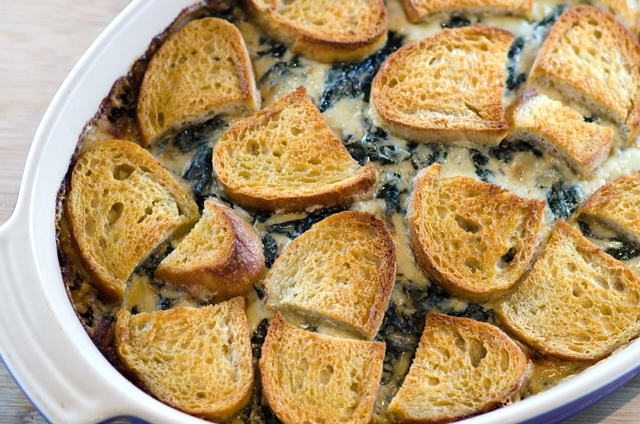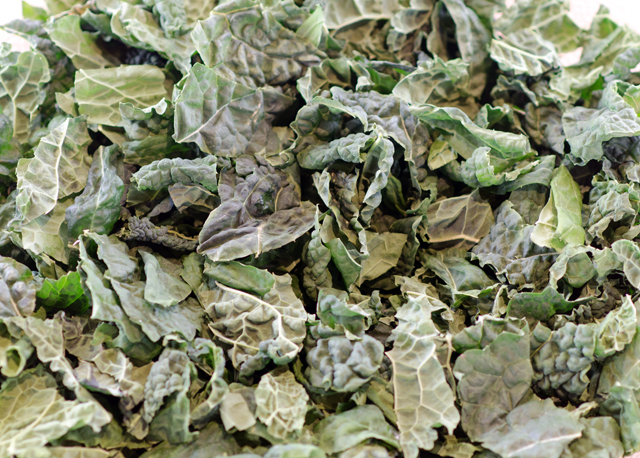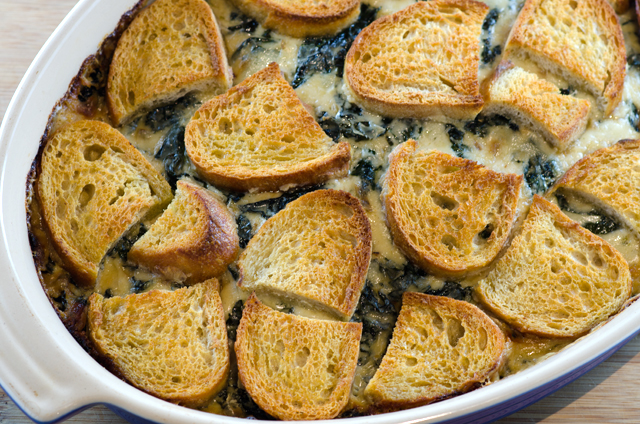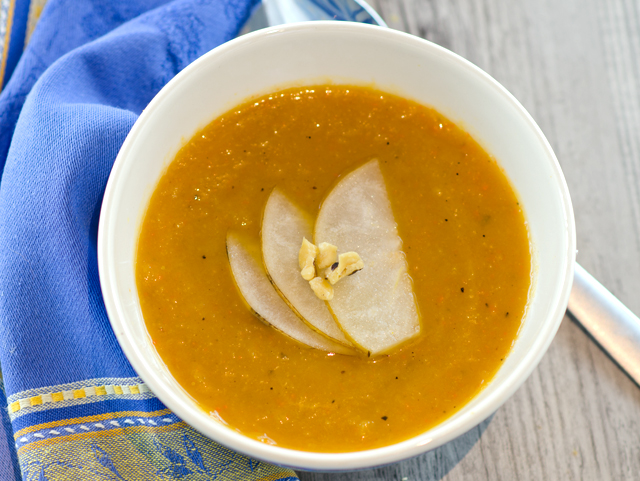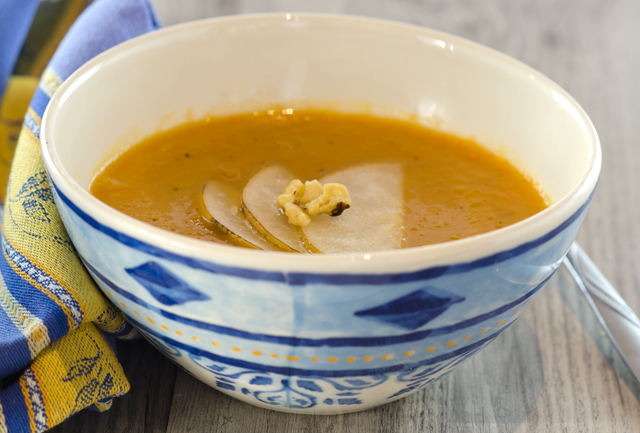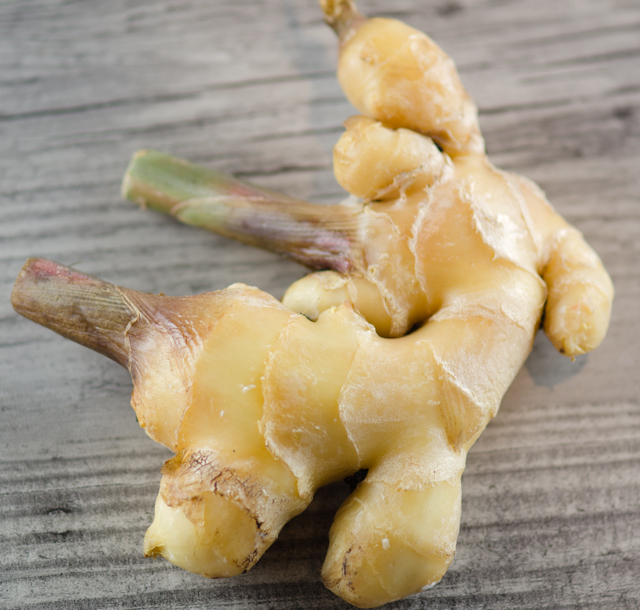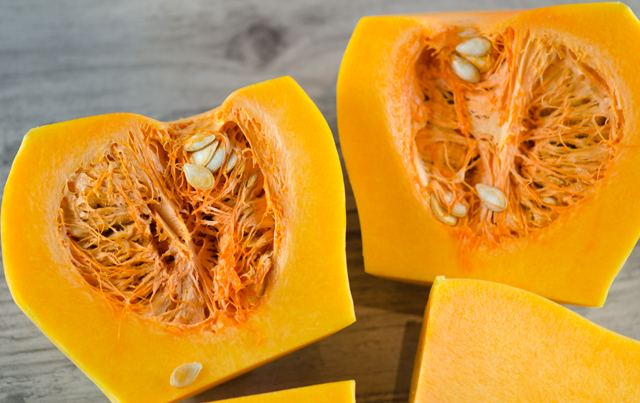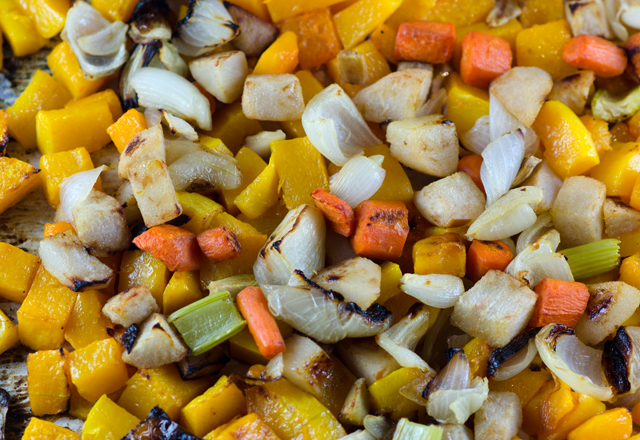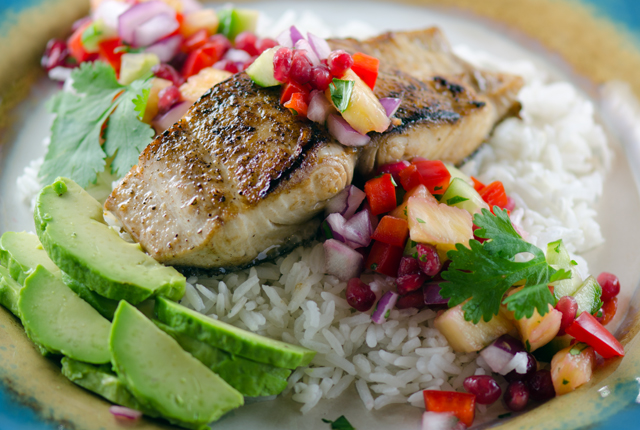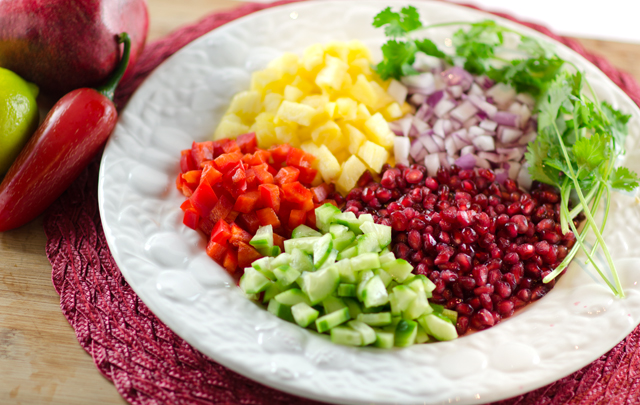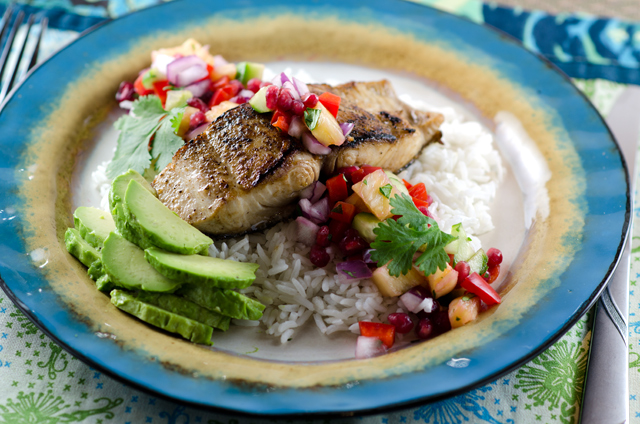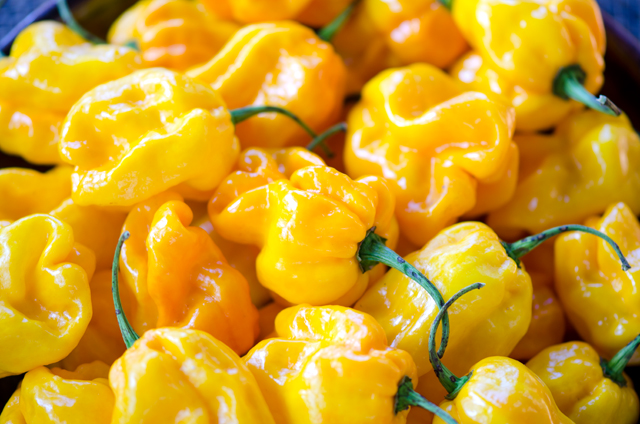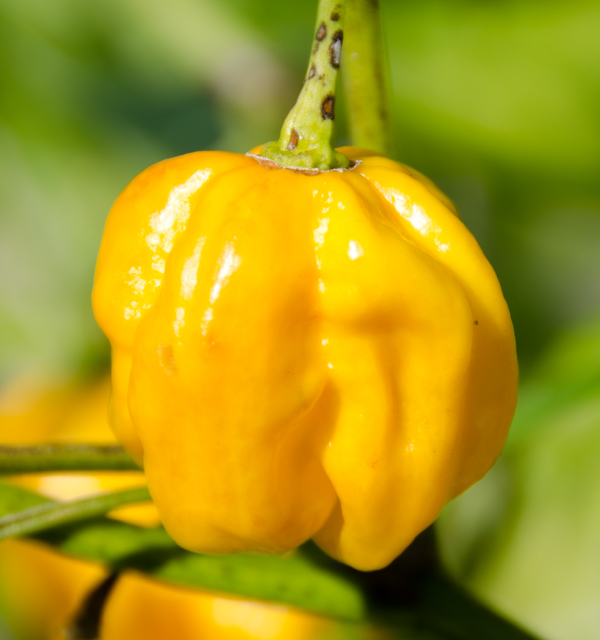Poach (poch) verb, to take by illegal methods, in this case, as in taking all the flavor out of a chicken breast, leaving it tough, stringy and tasteless. Sound familiar? If you were offered a poached chicken breast you might be inclined to decline, and rightfully so. Cooks Illustrated has taken this classic techinque and perfected it for the home cook. It’s not that difficult or time consuming and will produce consistently good results.
Poaching is a gentle cooking method, best for delicately flavored foods, whether it be an egg, fish, or in this case, chicken. The chicken is cooked in a simmering liquid, just under the boiling point between 160°F and 180°F. Problems occur when the poaching liquid is either too cool or too hot or the cook minding the pot has left the poaching process go on too long. This method does require some watchfulness but is much easier than traditional approaches to poaching.
As with any recipe, start with the best product you can find. Just like you, your chicken shouldn’t be bloated so look for a brand that has not been injected with a saline solution. Trim away any excess fat or sinew before proceeding with the recipe. I have found that four 6-8 ounce chicken breasts are optimal. Wrap each chicken breast in plastic wrap and pound firmly on a stable surface. Your goal is to even out the thickness of the breast so you should be pounding the thicker top part to be more in line with the thinner “tail”. Whatever you do, don’t pound with the jagged side of a meat tenderizer. It will tear the meat and leave you with something unusable. I have a flat mallet expressly for this purpose but a heavy skillet or the flat side of the tenderizer will work as well.
Next step is the poaching liquid, classic French recipes usually include flavorings such as wine, lemon, stock or a bouquet garni. The chefs at Cooks Illustrated have done years of testing for various recipes to determine what flavorings will actually permeate into the cell wall of the meat. With the knowledge they have acquired over the years, they determined that salt, sugar, garlic and soy sauce would flavor the meat and still leave the chicken with a neutral flavor suitable to a wide range of recipes. Soy brings that desired “umami” or meaty, savory flavor. I chose to use a gluten-free low sodium soy sauce since salt was one of the ingredients in the poaching liquid.
You will need a very large pot to cook the breasts, enough to accomodate four quarts, a full gallon of water plus a little room at the top. A word to the wise, start with your pot on the burner and bring the water and the ingredients to it. In my case, a Le Creuset pot filled with a gallon of water is quite cumbersome and heavy to carry. Whisk the ingredients together in your pot until the salt and sugar are dissolved. Place a steamer basket, metal works best here, in the bottom of the pot. This is used to keep the breast from making contact with the bottom of the pot, allowing for the chicken to cook evenly on all sides. My steamer has a ten inch diameter when opened and comforably held the breasts without overlapping or crowding. Cover and let the pot sit at room temperature for 30 minutes. This allows the internal temperature of the breast you just recently took from the refrigerator to slowly rise. After the short brine, turn the heat on your stove to medium.
Stir the water occasionally to even out any hot spots. It should take about 15-20 minutes for the water to reach a temperature of 175°F. I used my thermapen to check every five minutes or so but clipping a thermometer to the inside of the pot works as long as you are diligent to check the temperature’s progress. When the water is at the right temperature, turn off the heat and cover the pan.
Now you have a little time to make a salad and a vinaigrette (the one that follows or your own) while the chicken cooks. Cooks Illustrated suggests that you remove the chicken at 160°F, the suggested internal temperature for poultry. I remove mine at a slighly lower temperature (155°F) knowing that the chicken will continue to rise in temperature even after it is removed from the cooking liquid. Place the chicken breasts on a piece of foil and wrap loosely.
Let chicken rest for 5 minutes. Slice the breast on a slight bias, running with the grain of the meat. I served it with a warm tomato ginger vinaigrette, an excellent accompaniment, inspired by chutney ingredients. Just remember if you are using grape tomatoes, they are meatier with a thicker skin and will not break down as easily as a cherry tomato. Serve the chicken on a bed of greens, stuff in a pita pocket or shred as a last minute addition to a soup recipe.

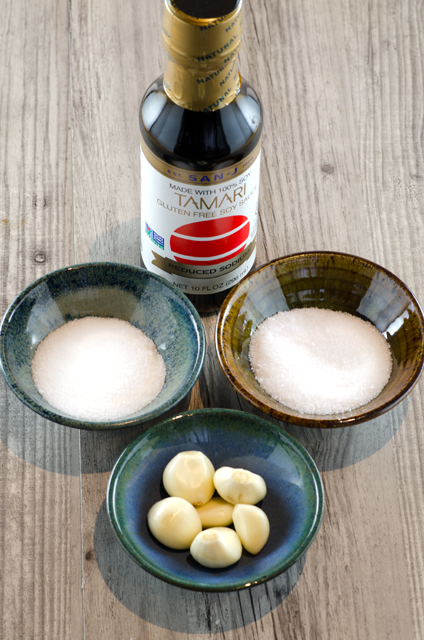
Perfectly Poached Chicken Breasts
Cooks Illustrated March/ April 2014
Serves four
Ingredients
- 4 (6 to 8 ounce) boneless, skinless chicken breasts, trimmed
- ½c soy sauce (I used gluten-free, low sodium)
- ¼c salt (I used kosher)
- 2T granulated sugar
- 6 garlic cloves, smashed and peeled
Directions
- Individually wrap each breast in plastic and pound thick ends to an even thickness with tail end, about 3/4 inch thick.
- Whisk 4 quarts water, soy sauce, salt, sugar and garlic in a Dutch oven until the sugar and salt are dissolved. Arrange breasts, skinned side up in a steamer basket, making sure the breast don’t overlap. Submerge the steamer basket in the brine. Let sit at room temperature to brine for 30 minutes.
- Heat the pot over medium heat, stirring occasionally to even out any hot spots. In 15-20 minutes the water should reach a temperature of 175°F. Turn off the heat, take it off the burner and cover. Let stand until meat reaches desired temperature, 155°F to 160°F, start checking temperature of the meat in the thickest part of the breast at the 15 minute mark.
- Transfer breasts to a cutting board, cover with aluminum foil and let rest for 5 minutes. Slice the breast on the diagonal into 1/4 to 1/2 inch thick slices and serve.
Warm Tomato-Ginger Vinaigrette
Ingredients
- ¼c extra virgin olive oil
- 1 minced shallot
- 1 ½t freshly grated ginger
- ¼t ground cumin
- 1/8t ground fennel
- 12 ounces of cherry or grape tomatoes (halved if cherry tomatoes, quartered if grape)
- Salt and pepper
- 1T red wine vinegar
- 1t packed brown sugar
- 2T chopped fresh cilantro or parsley
Directions
- Heat 2 tablespoons of the olive oil in a 10-inch skillet until shimmering. Add shallot, garlic, cumin and fennel and cook until fragrant, about 15 seconds.
- Stir in the tomatoes and a pinch of salt and cook, stirring frequently until the tomatoes have softened, 3 to 5 minutes.
- Off heat stir in the vinegar and sugar and season with salt and pepper to taste, cover or put under a heat lamp to keep warm. Stir in cilantro or parsley and remaining oil just before serving.

